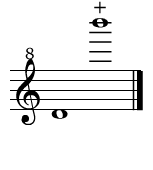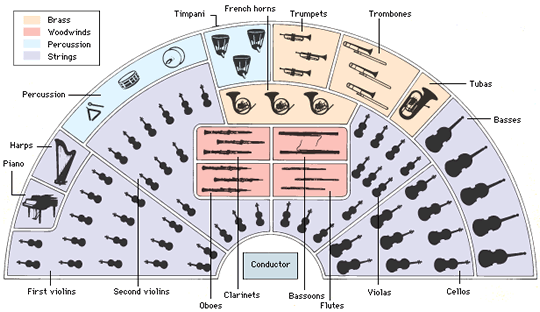KEY MUSICAL FEATURES:
·
DYNAMICS: Volume (soft, loud)
Range (No dynamics, little dynamics)
·
TEXTURE: Thick or thin (how
many instruments playing at once) Type (monophonic, polyphonic, homophonic,
heterophonic)
·
MELODY: Who is playing the
melody, how the melody develops
·
HARMONY: Dissonance,
Consonance, Intervals
·
TONALITY: Major (happy), Minor
(sad), Atonal (no tone), Bitonality (two tones), Mode (different collection of
tones and semitones)
·
RHYTHM (SYNCOPATION,ACCENTED
NOTES, USE OF RESTS ETC…):
·
INSTRUMENTATION: Instruments
being used (orchestra, quartet, solo)
·
TIMBRE / TONE COLOUR: Light,
Brittle, Heavy, Think, Murky
·
DURATION: Length of the notes
·
PEDAL (single note)/ DRONE (two
notes)/ GROUND BASS (Repeating bass pattern)/ PROMINENT CHORD PROGRESSIONS (1,
4, 5, 1)
·
USE OF ORNAMENTATION (Trills,
turns)/ EMBELLISHMENT (VOCAL, TRILL, TURN ETC..)
·
TIME SIGNATURE (4/4, 2/4, 6/8 etc…)
HISTORICAL/CONTEXTUAL:
·
POSSIBLE COUNTRY (World music)
·
TYPE OF WORK (SYMPHONY, TRIO,
MASS,OPERA, BALLET, FILM ETC…)
·
GENRE OF MUSIC (MINIMALISM,
POP, FOLK ETC…)
·
TIME PERIOD – WHY? (BAROQUE,
CLASSICAL ETC…)


















